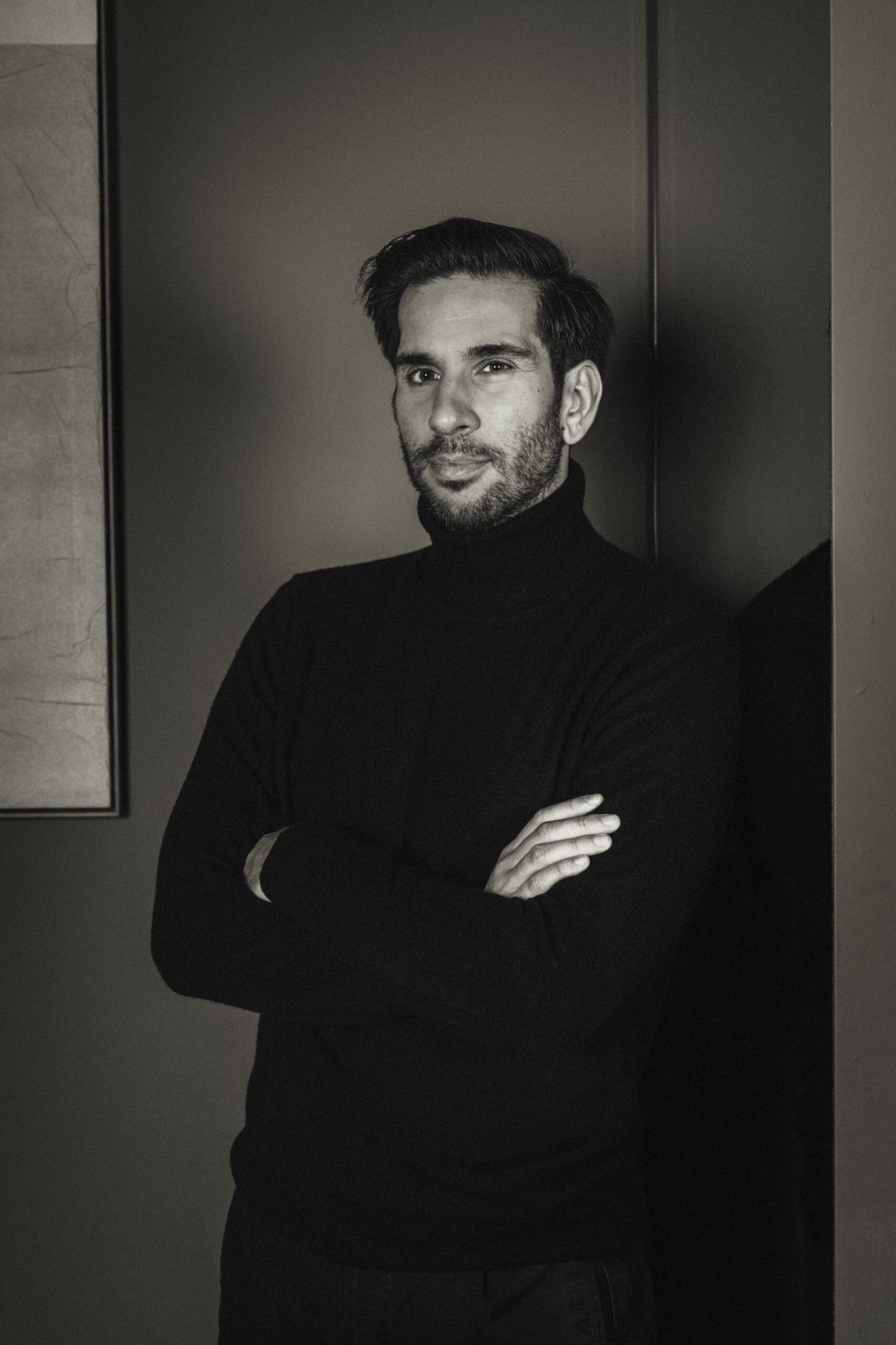Jennifer Findlay, founder and CEO of Core Essence Inc.
In a hotel industry that advocates sustainability and well-being, design is becoming a major ally when it comes to redefining the guest experience. Jennifer Findlay, founder and CEO of Canadian firm Core Essence Inc., makes this transformation more visible with areas that combine purpose, beauty and regeneration. Her vision will take centre stage at the 7th International Business Meeting Hospitality Design & Wellness, within the framework of Piscina Barcelona 2025, at which she’ll explain how to construct more human and conscious settings.
How has your vision of well-being evolved over the years and what role does design play in the transformation today?
Firstly, my vision of well-being remains the same as ever; it’s lit up and reinforced when we’re present, we have a purpose and we receive support in the right place at the right time. I’m a firm believer in simplicity, in facilities, programmes and experiences conceived with a clear priority and intention. This doesn’t mean that the development or design process is easy, but the end result should be seamless and coherent for investors, owners, operators and consumers. This has always been my vision of holistic health.
At the moment, several sub-sectors within the wider wellness industry are flourishing, providing an exciting opportunity to develop dynamic and multi-faceted concepts and facilities. We’re in the midst of a public and mental health crisis, and this is a crucial moment for our sector. As professionals, we have a great responsibility before us, but also a unique opportunity.
The design is essential; it creates the ecosystem that enables the experience and makes it unforgettable. It encompasses all the sensory elements around us, and it can firmly anchor the guests to the space and time. Its influence, in both physical and emotion terms, can sustain our growth and evolution. We shouldn’t underestimate its transformational power.
The concept of wellness design goes far beyond the spa or pool. How do you address the integration of well-being into the architecture and overall atmosphere of a hotel or resort?
Our focus acknowledges that the design of wellness manifests itself in visible and invisible ways. It can be intentional and literal, with a stunning spa, a welcoming pool, circadian lighting, natural materials and numerous other elements. But it’s also expressed in what we can’t see: water treatment, air purity and acoustic comfort.
Well-being can be perceived in the intentional integration of indoor and natural settings and the smooth transition between functional and experiential spaces. It also includes vibrant architecture and public spaces that promote interaction and enhance the sense of community. Every detail counts when we create experiences to connect people to the environment and each other.
Which key trends do you observe in the way the large hotel groups are incorporating well-being into their branding and customer experience strategies?
Historically speaking, wellness areas and spas were conceived as isolated facilities and treated as separate services at hotels. Conversely, the current approach is based on the harmonious integration of settings, in which well-being constitutes a cross-cutting experience permeating the establishment’s entire proposal.
At Core Essence we believe that it all starts with a value system, a clear definition of what wellness represents for the brand, the organisation and its people and, ultimately, what it wants to be known and remembered for. Without any strategic positioning, any new project or refurbishment risks being flat, both financially and in terms of the experience it provides. Conceptual clarity is crucial, and any decisions regarding the size and scale must be based on facts and concrete data, not intuition.
This view is beginning to take hold in America; they’ve understood that bigger doesn’t necessarily mean better. Moreover, well-being isn’t reactive, it’s a proactive proposal. We’ve reached the early stages of a global upsurge in the longevity movement which, in my opinion, will shake up the hotel industry and trigger a new era of major innovation within the sector.
From the guest experience standpoint, which elements do you regard as essential in the creation of spaces that truly foster an emotional connection and a profound sense of well-being?
There are lots, but the vital ones include the layout of the space, the lighting, the materials, the acoustics, the presence of natural light, the quality of the air and water and the ability of the setting to encourage discovery and learning.
How can hotel designers and operators find a balance between the pursuit of luxury and comfort and respect for the natural environment and resources?
The sector must advance beyond sustainable design and towards regenerative models. It isn’t just a matter of minimising the environmental impact, it also entails creating systems that can actively contribute to the regeneration of natural resources. This involves rethinking energy and water use and the choice of materials and operating systems, with a vision aligned with the principles of the circular economy. Specific examples of this transformation include the reuse of water and the adoption of renewable energy sources.
Multi-sensory design, technology and data are transforming the industry. What role do you think digital tools and smart technologies will play in the future of wellness hospitality?
As we all know, this is a complex issue. The challenge lies in finding a balance between technological solutions and people-centred experiences. Consumers appreciate efficiency, but also authenticity. Although the market has witnessed a remarkable increase in the number of devices and technologies applied to spas and well-being, not all of them deliver on their promises. I’m wary of recommending, endorsing or specifying technologies that don’t have an innovation or evolution plan. This is why it’s essential to have reliable and forward-looking technological partners with the ability to evolve. In any event, I’m convinced that nothing will replace the power of connection and human contact.
You’ve worked on projects in different cultures and geographical regions. What have you learnt about how the expectations of well-being differ, depending on the cultural or regional context?
Clearly, there’s no single definition of well-being. There are numerous factors that influence how each person defines well-being. The only difficult conversation is the one that takes place at the end of the development or project, when the customer or consumer says: “This isn’t what I wanted, this isn’t culturally appropriate, this doesn’t reflect the place”. These conversations should take place at the outset. Paradoxically, in my experience, this is often the phase of the project that’s omitted or overlooked. You can’t just design an aesthetically beautiful facility and expect it to work. That isn’t the secret of lasting success.
Looking to the future, how do you imagine wellness areas in ten years’ time? Which values or innovations do you think will define the next generation of wellness-focused hotels?
I hope that our team at Core Essence will play a small role in supporting the evolution of the industry and delivering experiences that reach a much broader audience in a deep-felt and impactful manner. In ten years’ time, I hope that wellness areas are no longer isolated places or destinations in themselves and that the concept of well-being is prevalent everywhere.
Cristina Benavides
Piscina Barcelona 2025 contributor






